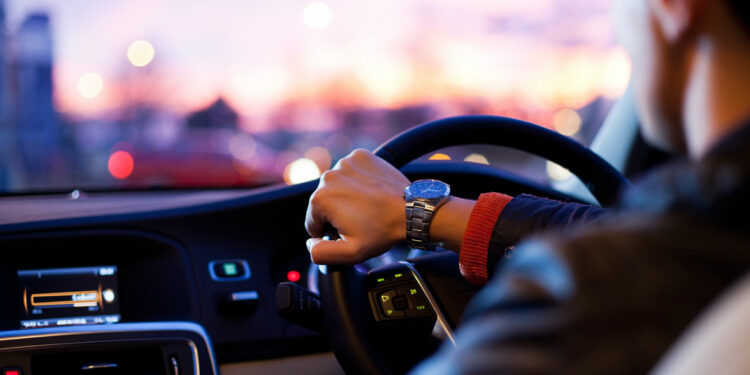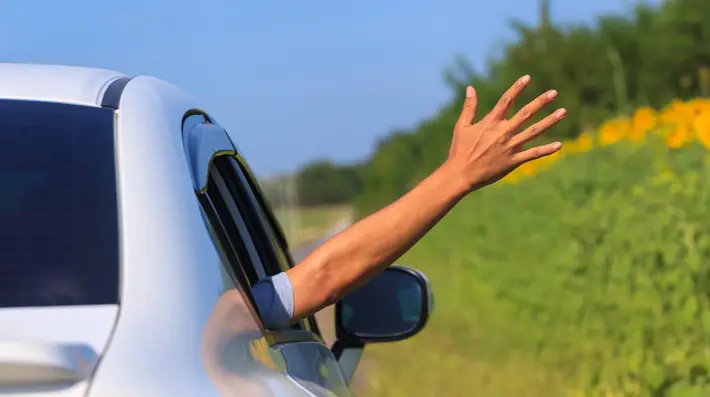UK Hand Signals On The Road and How To Use Them While Driving

In the United Kingdom, like in most countries, driving laws require each driver to signal their intentions to other drivers. And we all do that but, what to do when tail lights or brake lights aren’t working? This means that you must use hand signals when your turn indicators fail or when your signal lights are obscured by bright sunlight or vehicles.
Hand signals, in general, are a short-term solution that should only be used to transport your vehicle to a location where the problem can be resolved or to deal with an emergency. It’s essential to use the proper signals on the road to let other drivers know what you’re going to do next.
Basic Hand Signals in the UK
After two years of closures, the UK finally reopened its doors to international tourists. There are so many beautiful places and destinations to visit in UK. So if you are planning a tour across this beautiful country then it is good for you to know some basic hand signals. Understanding hand signals is essential for your own and others’ safety.
Slow Down or Stop – Hand Signal
If your brake lights don’t work, other drivers will not know that you are slowing down or stopping. You can indicate your intention to slow down or stop without brake lights by extending your hand out the window and waving up and down. Make sure the other drivers behind you can see your hand.
When you use this hand signal, you give drivers behind you time to adjust and slow down, even if they are close behind. Because car crashes are so common, informing other drivers of your intentions can mean the difference between being in an accident and not.
Move or Turn to the Right-Hand Signal
You must also indicate whether you intend to move or turn to either side. Extending your arm straight out the window indicates the right turn hand signal. Make sure your arm is extended far enough to be visible to other drivers while not colliding with any other vehicles or objects.
Move or Turn to the Left-Hand Signal
The final circumstance is if you intend to move or turn to the left. A straight arm out the window with a spin going around and around indicates the left turn hand signal.
Vehicles already on your left side will be unable to see the hand signals you make from the driver’s seat as you move to the left. When using hand signals, use caution when changing lanes or turning to the left.
When to Use Hand Signals?
There are many things you don’t learn when learning to drive, but that doesn’t apply to hand signals. In the UK during the driving test, your examiner will probably ask you to demonstrate one or more hand signals.
Most of the time, hand signals are unnecessary. However, there are times when you’ll need to use them to comply with local traffic laws. As we already mentioned you’ll need them when tail lights or brake lights aren’t working. Also if you are riding a motorcycle with a large group. Communicating with your motorcycle group using your hands will keep everybody safer. And don’t forget that most bicycles don’t have built-in brake lights or turn signals, employing hand signals when riding a road bike is essential.
Interesting Facts
The first Highway Code published in 1931, advised drivers of horse-drawn vehicles to ‘rotate the whip above the head; then incline the whip to the right or left to show the direction to be made.’
More than a third of the original guidebook was devoted to explaining the various hand signals that police and motorists should employ. Surprisingly for younger drivers, today’s code still makes a brief mention of signal use advising drivers to use a hand signal to highlight or reinforce other types of signals if necessary.










